Dragon Ball Z: Kakarot Fans Should Check Out Black Myth: Wukong For One Big Reason
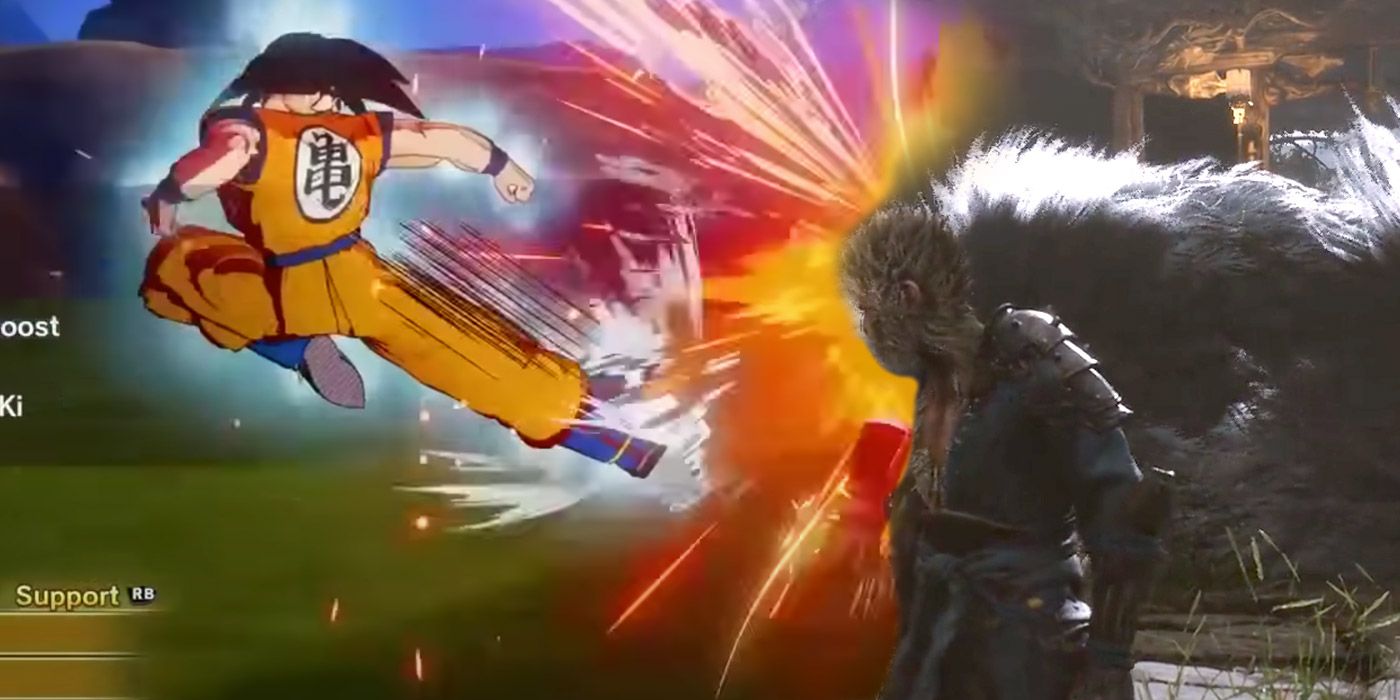
Dragon Ball Z: Kakarot players are more than likely familiar with the story of Goku. It's been told countless times through manga, the anime, games, and of course Kakarot itself, but his origins are less widely known. Though Dragon Ball Z is incredible popular, its predecessor, Dragon Ball, rarely gets the same amount of attention from fans. In this story, the inspiration for Goku is clear, as both his abilities and history mirror those of Sun Wukong from Journey to the West rather closely. Compare this to the recently announced Black Myth: Wukong, and there are a lot of similarities.
Black Myth: Wukong shocked fans when it was revealed, as it isn't often that a new ip comes out of nowhere and looks as good as it did. Players take control of Sun Wukong, the Monkey King, and presumably go on a Journey to the West. Naturally, this story is also based off of the same Chinese novel, so the main character shares a lot of traits with Goku as a result. Because of these similarities, it is definitely worth looking into for those that enjoyed Dragon Ball Z: Kakarot, as despite their different styles the games have the same source material.
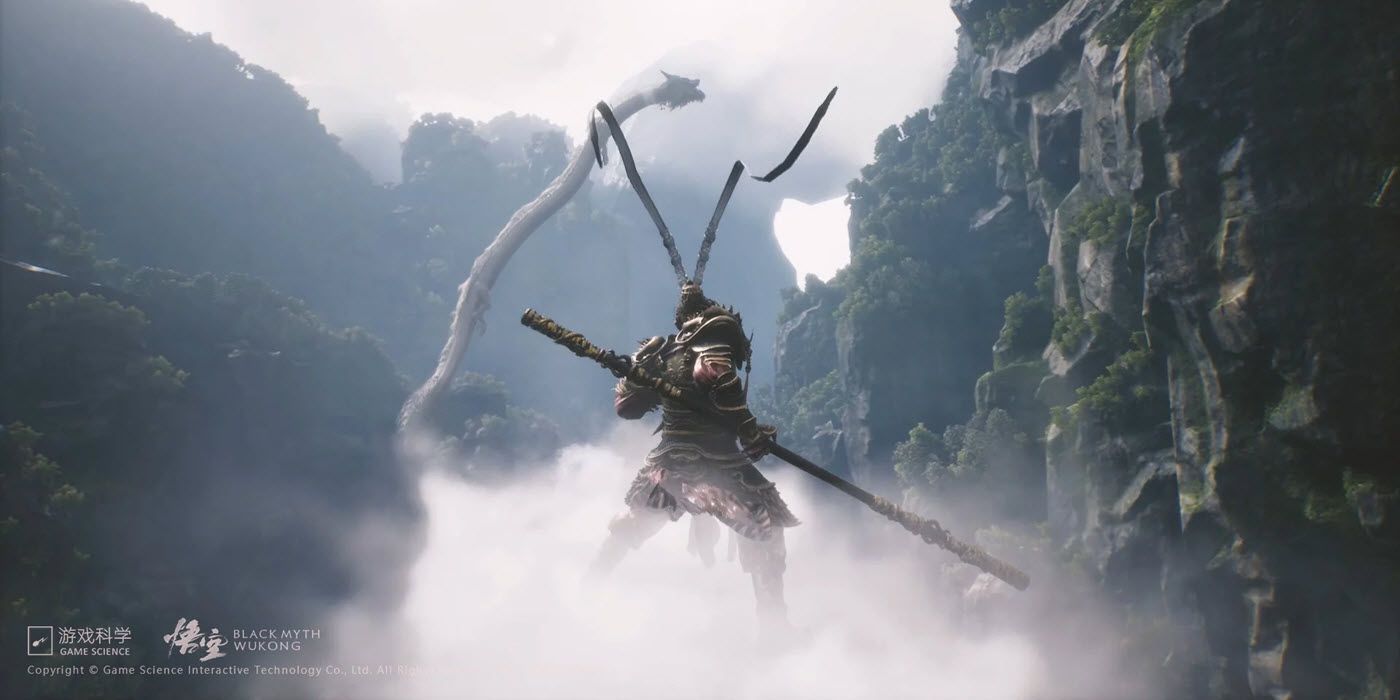
Journey to the West was written by Wu Cheng'en in China during the 16th century. This novel is extremely influential, and is even considered to be one of the Four Great Classical Novels in Chinese Literature. Given its popularity, especially in eastern countries, it should come as no surprise that it has served as the basis for many popular works of fiction, including Dragon Ball and now Black Myth: Wukong. The story is told over the course of 100 distinct chapters separated into four main parts, and though Sun Wukong isn't really the main character, he is a very important one.
Journey to the West follows Tang Sanzang, a Buddhist Monk tasked with retrieving sacred Buddhist texts from the west and bringing them back to his Chinese dynasty. On this journey, Tang is accompanied by three disciples for protection, one of whom is Sun Wukong. Each of the three disciples agreed to protect Tang as a sort of atonement for crimes they committed in past lives. Sun Wukong is easily the most powerful of the disciples and arguably the most heinous at the start, and this tale acts as a sort of redemption arc for him by the end. Throughout their journey, Sun Wukong battles hundreds of enemies on behalf of Tang.
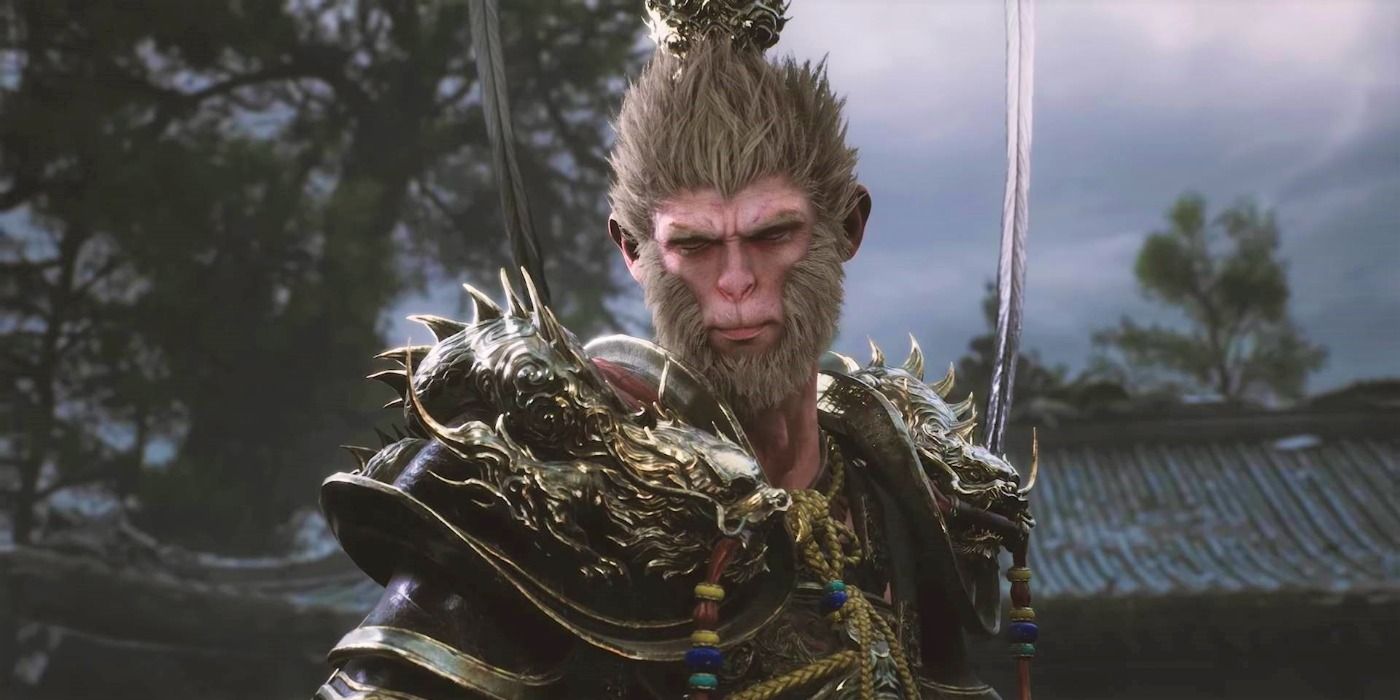
Sun Wukong, also known as The Monkey King, has a very special origin story. He was born of a stone egg that can only be formed when the heavens and earth are combined, and thus was exceptionally talented. With martial prowess already in his hands, Sun Wukong searched for other forms of spiritual power in an effort to attain immortality. During this time, he learns how to shapeshift using the 72 methods of transformation and acquires a number of other supernatural ability. Naturally, all of this draws the attention of the Jade Emperor, ruler of Heaven, who appoints him a position in Heaven as a horse keeper.
Unsatisfied with this appointment, Sun Wukong begins to wreak havoc in heaven, even defeating the four kings and their celestial army. Only the Buddha is able to defeat Sun Wukong, using trickery to seal him away for 500 years. In Journey to the West, Sun Wukong is free from his imprisonment in order to protect Tang the Monk, which he does with astounding efficiency. By the end of the story, Sun Wukong fully redeems himself, and he eventually ascends to Buddhahood.
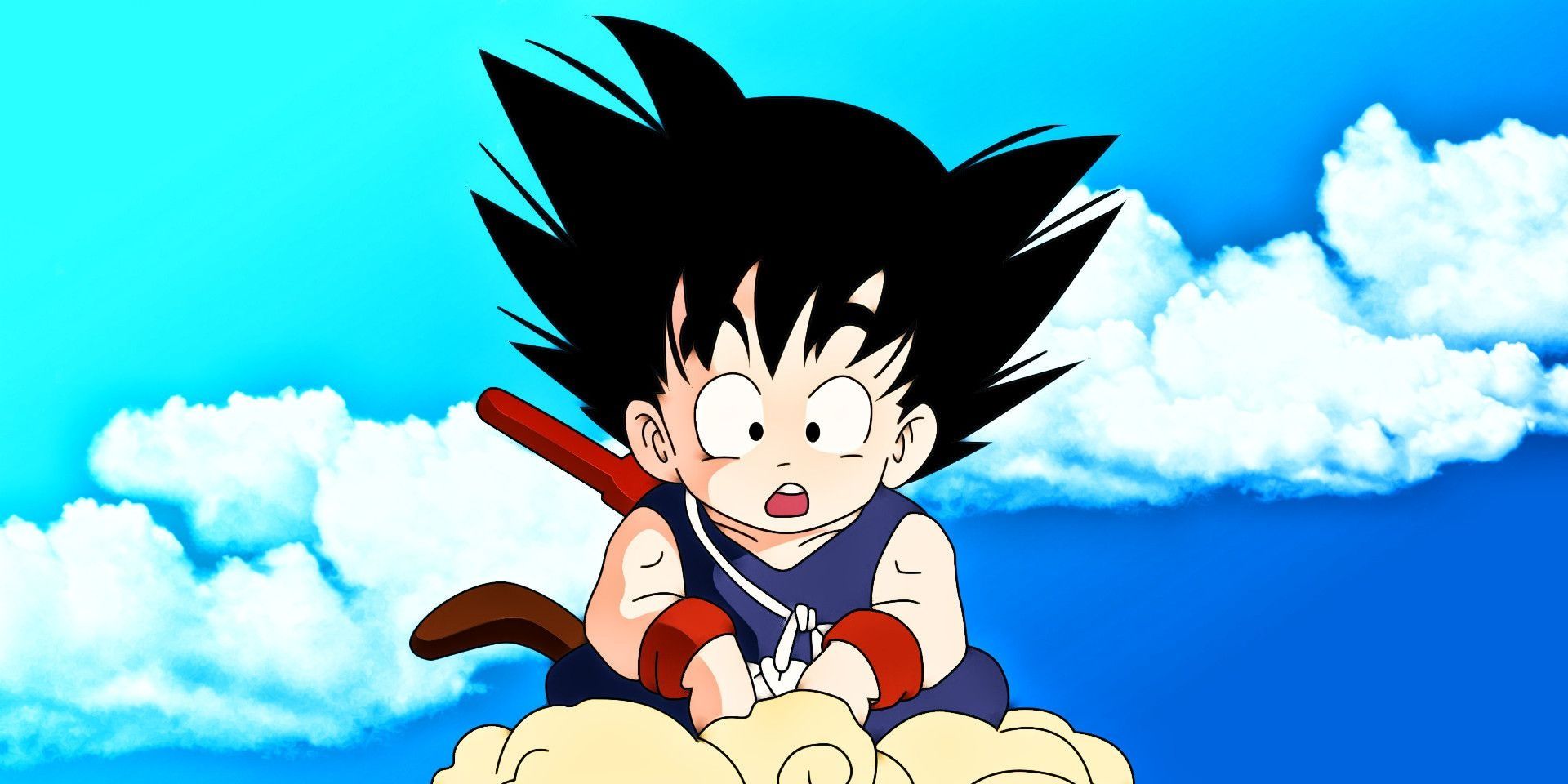
The similarities between these two are obvious, but there are also a lot of less noticeable ones. First, Goku shares a relationship with Monkeys through his tail, a part of him that has the potential to grant great power. Under the light of the full moon, Goku's tail causes him to turn into a Great Ape, potentially an allusion to Sun Wukong's own shapeshifting capabilities. Both fight with a staff as their primary weapon, and Goku's flying nimbus is indeed inspired by Sun Wukong's Cloud Somersault, an ability that lets him leap great distances in a single bound. The pair share a similar level of prowess in combat as well, exhibiting aloof natures in social situations yet deadly cunning in the heat of battle.
Digging deeper, more connections can be found between the two. Sun Wukong is adorned with a ring around his head, an artifact which Tang can use to control him should he get out of line. Whenever Tang chants a certain mantra, the ring tightens and gives Sun Wukong a crippling headache. Though not a direct correlation, this is likely the inspiration for why Saiyan tails act as a weak point. Finally, the end of the original Dragon Ball Z anime sees Goku fly off into the distance with Shenron, a direct parallel to Sun Wukong's ascendance at the end of his tale.
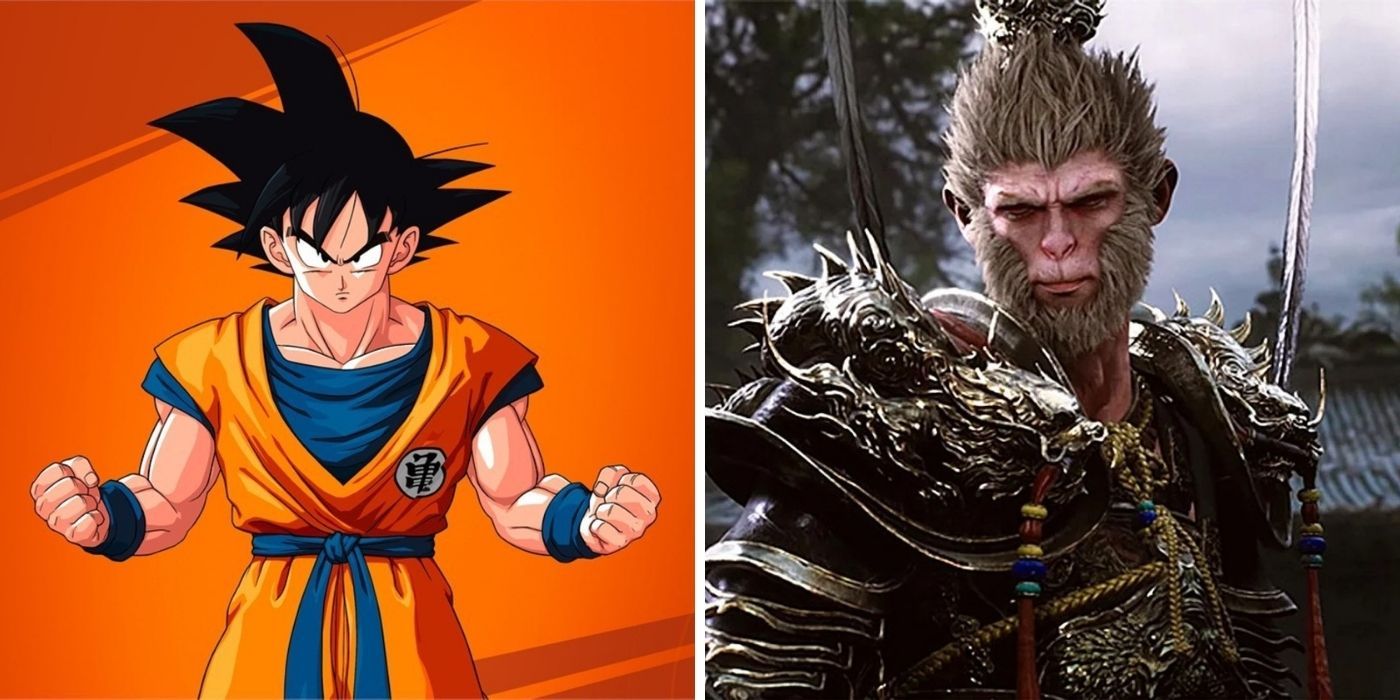
Obviously, despite the shared source material, Dragon Ball Z: Kakarot and Black Myth: Wukong will be very different games. The latter appears to be more in the vein of Dark Souls in terms of gameplay and storytelling, but fans may find a lot of familiarity in Sun Wukong's character as they play through the adventure. Instead of Great Apes, fans can see Sun Wukong shapeshift into a large monkey in the trailer, and rather than use energy blasts, he is able to clone himself.
It remains to be seen how deep these kinds of similarities go, as the trailer didn't share too much of Sun Wukong's personality, but the connection is certainly interesting regardless. Black Myth: Wukong is looking to be an amazing game in its own right, and this connection to Dragon Ball Z: Kakarot will only enhance the experience for fans of that game.
Dragon Ball Z: Kakarot is available now on PC, PS4, and Xbox One.

Post a Comment